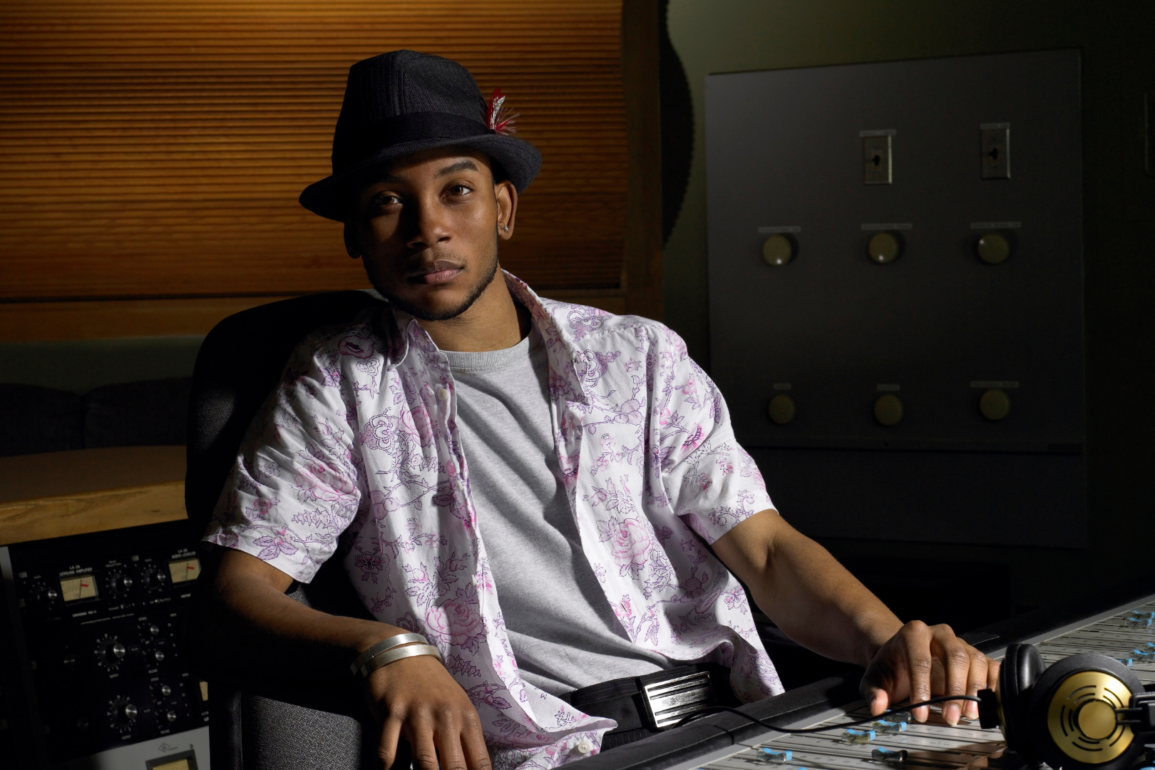Recording music is a multifaceted process that requires a lot of skill and precision. In this blog post, we’ll discuss some of the steps involved in producing music, from preparing the song to recording it to mastering it.
What is the Recording Process?
Music recording is an art form that involves the use of audio equipment to create a record of musical sounds. Music-making can be divided into four main stages: preparation, recording, mixing, and mastering.
Preparation
Musicians typically rehearse or perform any necessary instrumentation or vocals during the preparation stage. This is also a time for producers to decide on the track order and sequence. Recordings in this stage are generally rough and may not be complete yet.
Recording
In the recording stage, musicians will play live instruments while the producer records the performance onto digital media. Recording can take place in a studio or outdoors, depending on the situation. The goal of recording is to capture as much of the emotion and energy of the performance as possible. Producers often use special effects such as echo and reverb to enhance the sound quality.
Mixing
In the mixing stage, producers combine recordings from different takes, edits, and mixes to create a final product. This stage can be critical because it determines how well each sound blends with others and how loud each track should be. Mixing can also include adding effects, adjusting volume levels, and balancing sound frequencies to create a finished product.
Mastered Audio Files
After mixing, producers will often master the audio files for distribution purposes. This involves correcting any mistakes made during mixing and ensuring that all sounds are balanced properly across all frequencies.
Producing Music, What’s the role?
The role of the producer in the music industry is often misunderstood. Most think a producer helps create a record and makes sure it sounds good. But a producer’s job is much more complex than that. Their role is to help create a record by working with the artist and ensuring that all the album elements are cohesive. They must understand the artist’s vision for the album and work with them to make it a reality. They also need to be able to manage all aspects of the recording process, from scheduling sessions to making sure everything goes according to plan.
Producers play an important role in shaping the sound of an album, and their work deserves recognition. They are often left out of the credit section on albums, but their contributions should not be undervalued. They are essential in creating quality music products, and their work should be given the credit it deserves.
Equipment Needed
To produce quality music, you will need some basic equipment. Here is a list of what is typically needed to produce music:
- A computer with recording software
- Microphone
- Headphones
- Drum set or another percussion instrument
- Guitar or another stringed instrument
- Keys/piano/another keyboard instrument
- Voice
Recording in a Home Studio vs. Pro Studio in producing music
When it comes to recording music, the two main choices are to do it in a home studio or a professional studio. Both approaches have pros and cons, but the end goal is always the same – producing high-quality music. The biggest pro of recording in a home studio is that you can get amazing results for very little money. You don’t need expensive equipment or a large space, and you can produce great-sounding recordings with your computer and some basic audio gear.
However, home studios have their limitations. You can’t control the sound quality as well as you can in a professional studio, and you may not get the same production value. On the other hand, pro studios are much more expensive than home studios, and they often require a lot of equipment. They also tend to be larger spaces which allow for better sound quality and more control over the recording process.
Recording Tips
There are a few simple things that you can do to improve the quality of your recordings.
- Make sure that all of your audio equipment is operating properly. This includes your microphone, speakers, and recording software. If you’re experiencing any problems with these components, be sure to let your producer or engineer know as soon as possible so that they can troubleshoot and correct the issue.
- Try to keep your recording environment as quiet as possible. This means avoiding loud noises such as construction outside, pets barking, or people talking in the background. If you cannot avoid noise completely, use headphones when recording so that you don’t disturb others nearby.
- Take care when editing your recordings. Avoid using sound effects or music tracks that are too reverberant or artificial. Try to achieve a more natural sound by adjusting levels and EQs before submitting your work for final approval from your producers or engineers.
- Finally, be prepared to take time to edit your recordings before handing them off to your producers or engineers. There may be minor adjustments that need to be made before they are ready for public consumption.
If you follow these simple recording tips, you’ll be able to produce high-quality recordings that will meet the expectations of your audience.

